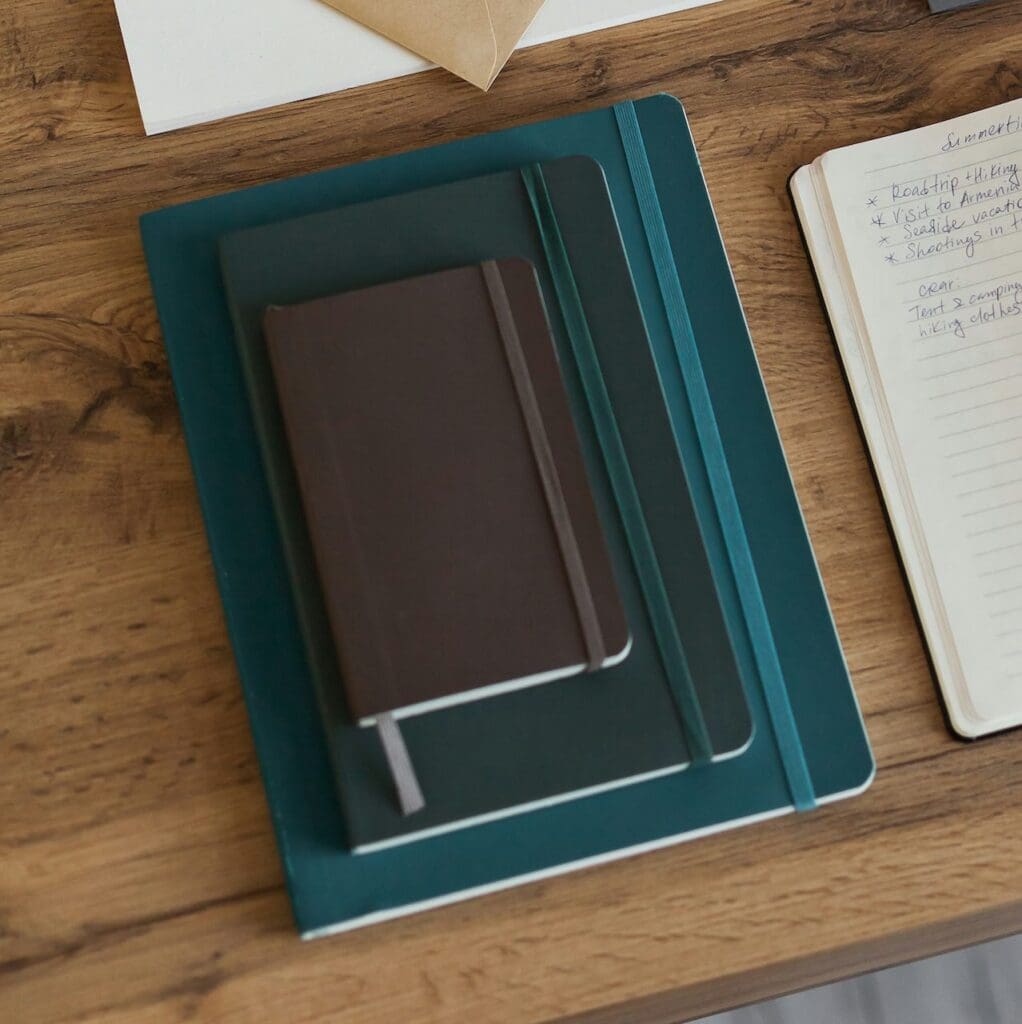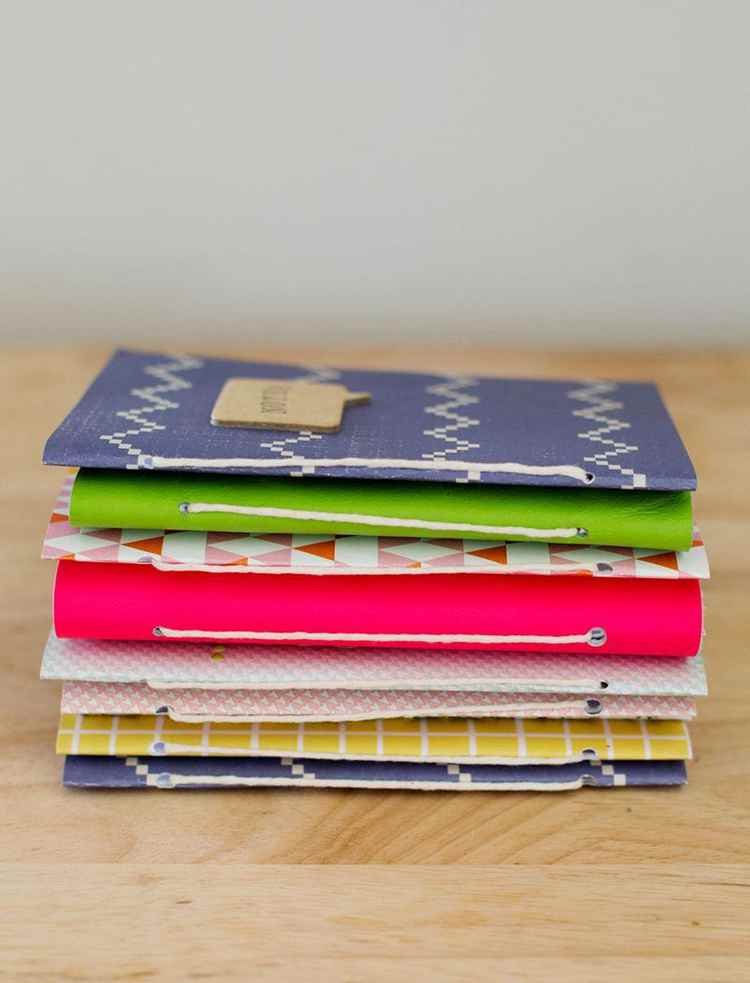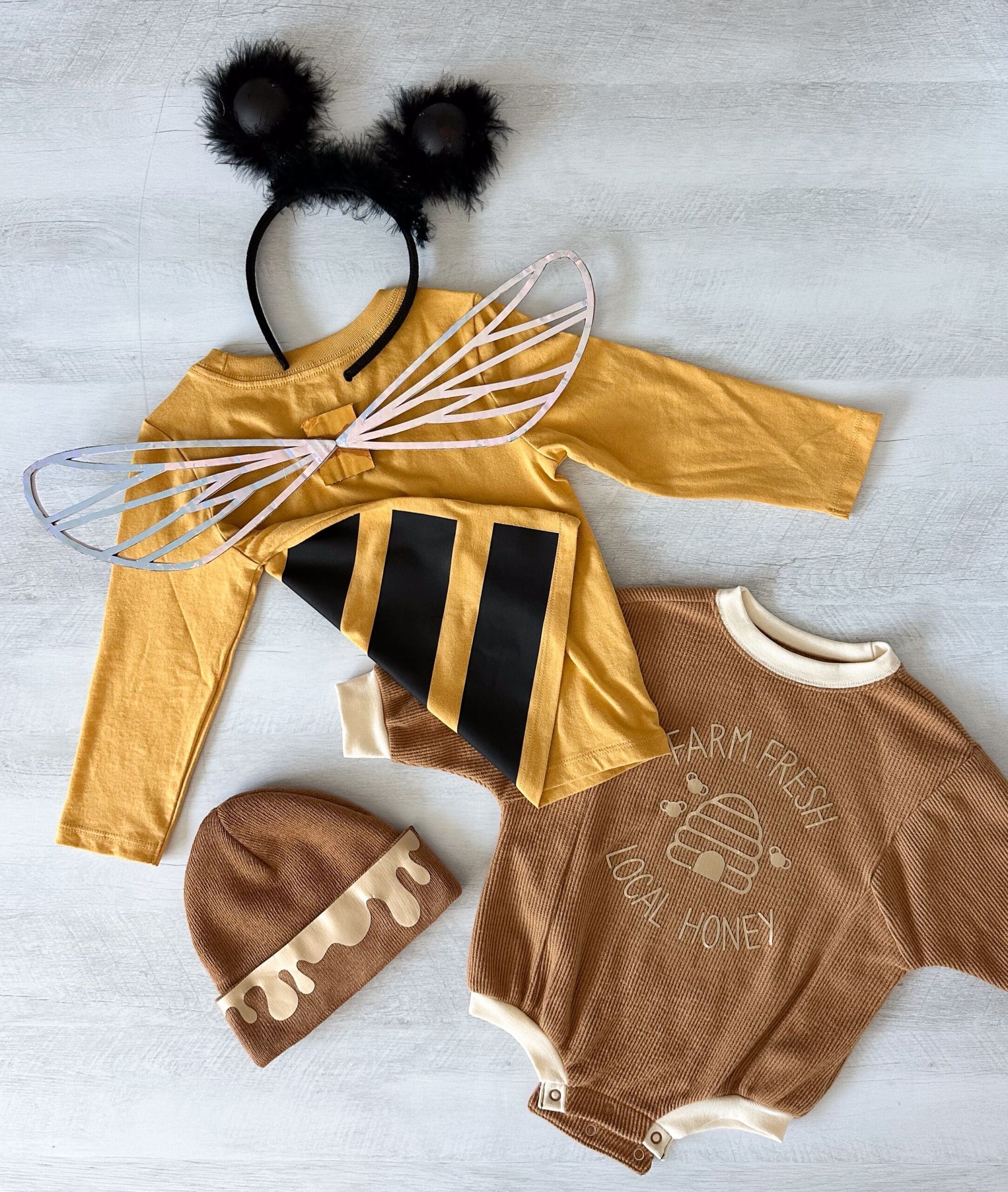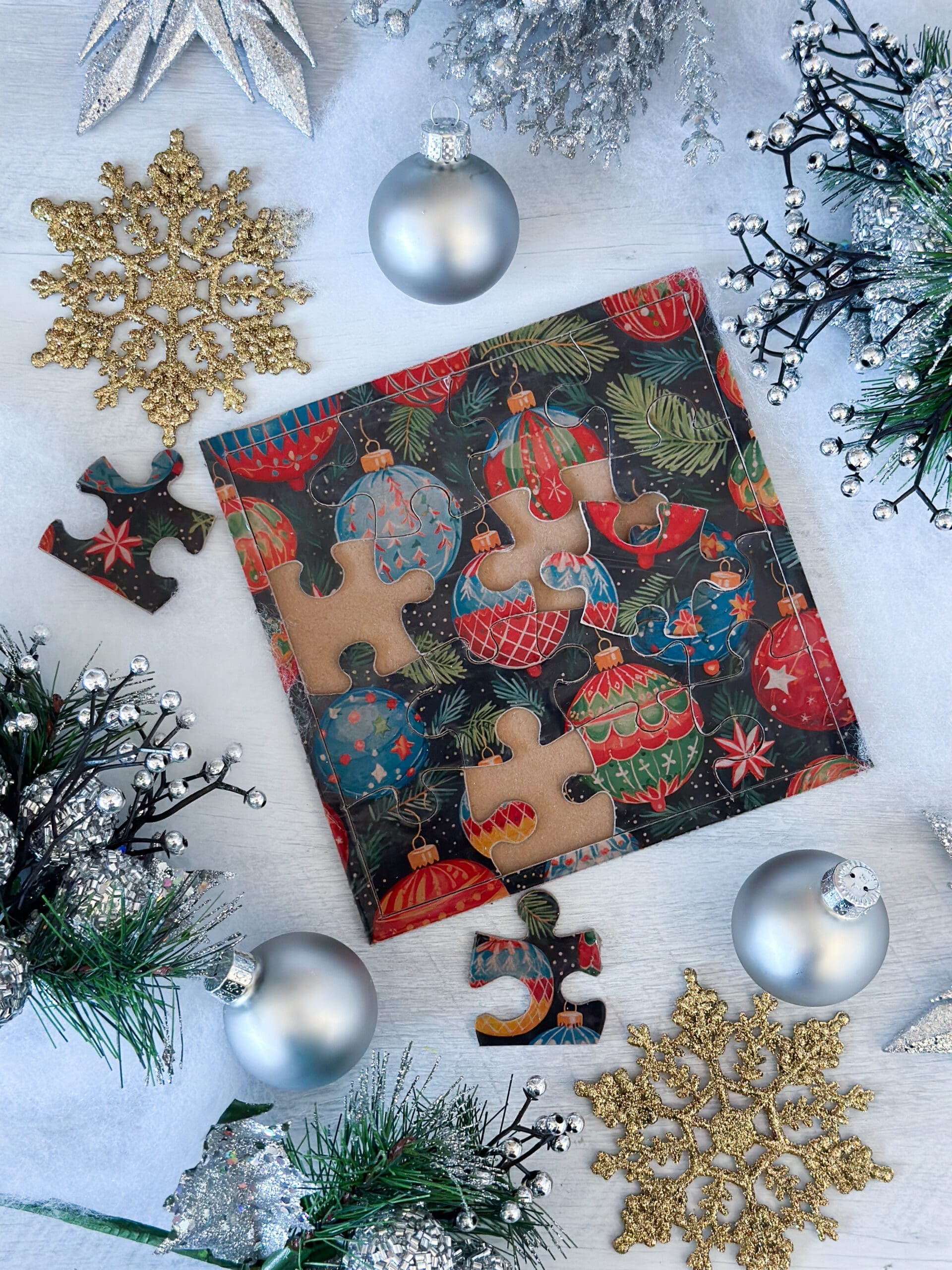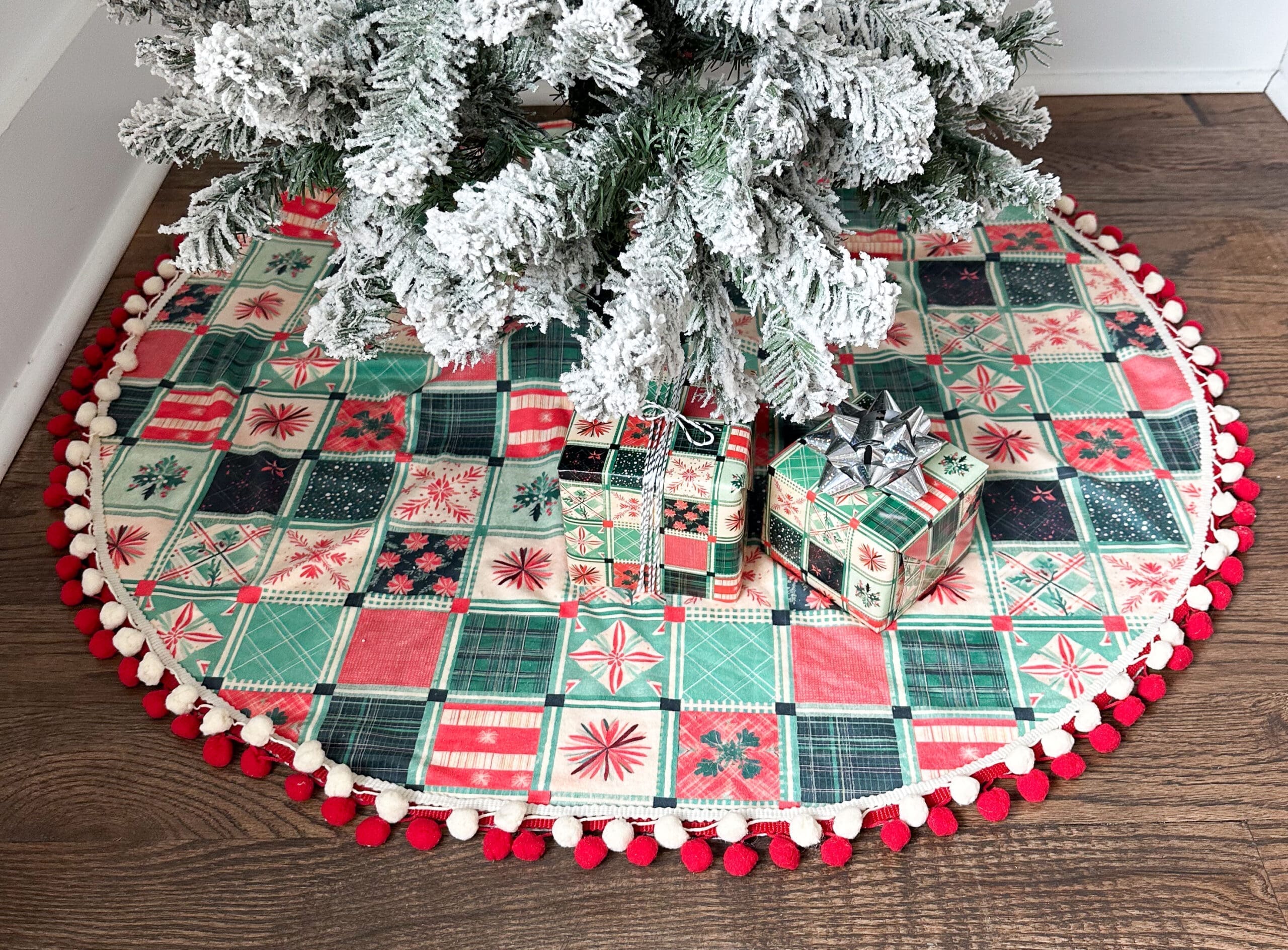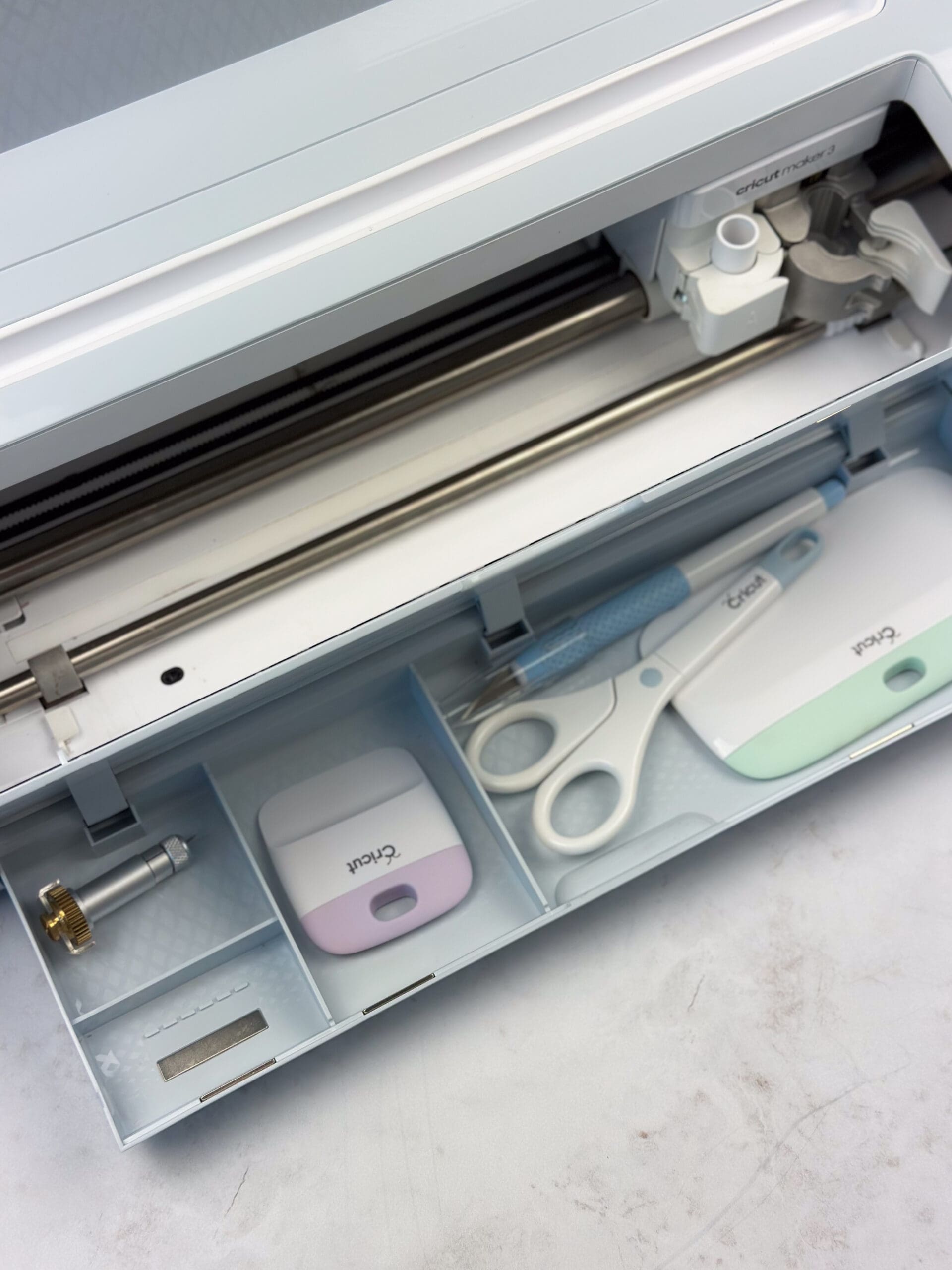Paper 101: Understanding Paper Quality for Journals, Planners, and Notebooks
If you’re making the leap into the creative world of bullet journaling, you’re no doubt excited about all the possibilities for turning your journaling and planning into a work of art. You might also be feeling a bit overwhelmed with a whole new world of supplies to explore. And when it comes to the paper selection for your journal, you might be surprised to find out just how much information is out there — and how much room there is for understanding paper quality. Sure, you’ve been using paper all your life, but if you’re not a born artist, you might not realize how much you didn’t know about this critical journaling supply.
Not to worry — we’re here with this handy paper guide for your journaling and planning pleasure. We’ll break down the best types and sizes of paper for your goals, share some of our favorite planners, and provide additional resources for you to explore. So, before you start your journal supply shopping, read on!
Understanding Paper Quality: Why Does It Matter?
Well, for one thing, it’s the key element upon which you’ll build your journal and the canvas for your journal art! Paper might not matter so much if you’re scribbling a grocery list, but when it comes to bullet journaling, quality is critical. The quality of the paper you use will prevent problems like smudging, bleeding, and ghosting (which occurs when you can see the writing on one side of the paper from the other side). It will also open the doors the the types of pens and supplies you can use on the pages — make drawing, sketching, painting, calligraphy, and just basic writing flow more smoothly, look better, and be a generally more enjoyable experience.
Understanding Paper Weight
Paper weight is arguably one of the most important factors that determines the quality of your paper. And when you’re talking about paper weight, you’re bound to encounter the abbreviation ‘GSM’ which stands for grams per square meter. The paper’s GSM number is simply the weight in grams of one square meter of the paper. So, as you might expect, the higher the GSM, the heavier and thicker your paper is going to be. And the thicker and heavier your paper, the more luxurious your journal will look and feel, and the less likely you will be to encounter problems like bleeding.
The Gold Standard of Journal Paper Quality: 160 GSM
When it comes to journaling, any serious stationary enthusiast or artist will tell you that 160gsm paper is a must. It’s thick enough to give your journal that professional look and feel that’s much more substantial than regular notebook paper without making your journal bulky. By comparison, the official bullet journal notebooks (and standard lined notebook paper) typically weigh in around 80gsm, which means that they may have issues with bleeding and ghosting, depending on the type of pen you’re using. On the other end of the spectrum, cardstock can be up to 400gsm. It’s much thicker and sturdier, but obviously too bulky for journaling. Here are a few more reasons why you’ll want to try 160gsm paper in your journaling projects:
- Durable – The thickness of the paper means that it will not only hold up to various media, but also that your journals will last so you can save and revisit them for years to come.
- Versatile – 160gsm paper will hold up to all kinds of gel pens, markers, and even watercolors. This lets you create freely without worrying about damaging your journal pages.
- Smooth Surface – You’ll love the feel of working with this high-quality paper, as your pens and markers will glide easily over the surface, making for easier writing and sketching.
- Doesn’t Ghost or Bleed – There’s no need to worry that the colors in your drawings will run together, or that you’ll only be able to use one side of your pages because you can see through to the writing on the other side.
Our Favorite Journals and Notepads
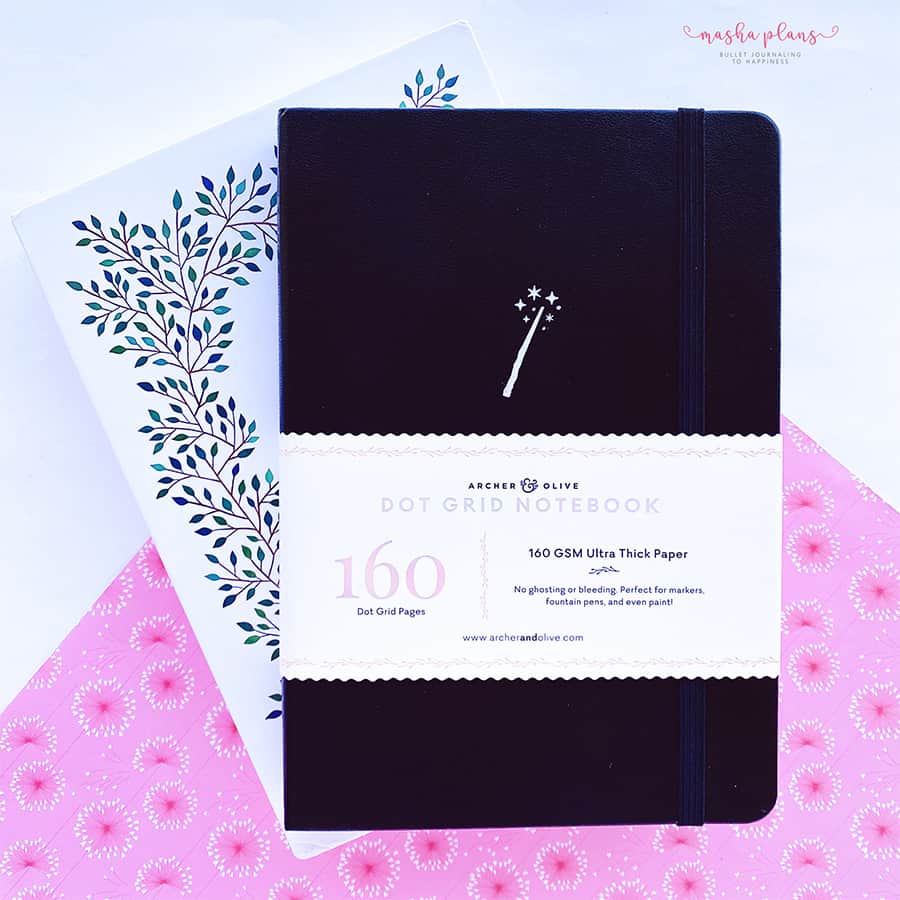
There are a lot of choices when it comes to paper. You can buy a premade journal, start simple with a notebook, or even create your own handmade journal. Here are a few great options to get you started:
- Journals – If you’re looking to buy a ready-made journal, you can’t go wrong with Archer and Olive. One of the most well-known and popular brands in the journaling supply space, they’ve got a well-earned reputation for creating some of the highest quality journals. Other favorites include this collection from Buke Notebooks, this 160 GSM journal from Scribbles that Matter and the Tsuki Bullet Journal from Notebook Therapy. For some other great options, check out this review of the top journals from Masha Plans.
- Notebooks – A little more casual than a journal, his premium B5 Dot Grid Notepad, is also from Archer and Olive. We love its versatility for journaling and sketching, or just elevating your everyday planning.
- Watercolor Pads – If watercolors are your thing, you can go with an even heavier weighted pad – around 300gsm, like this collection from Art Philosophy that comes in three different sizes.
Understanding Journal and Planner Paper Sizes
The standard bullet journal size is the A5 notebook with 5.75” x 8.25” sheets, but if you prefer something a bit larger, there’s also the A4, which is almost the same size as a piece of standard notebook paper, at 8.27”× 11.69.” There is also a smaller option in the A6 notebook (4.12” wide x 5.75”). If you’re not sure where to start, give the A5 a try and then go from there!
Creating Handmade Journals and Notebooks
Do you like to create your own journals from scratch? If so, you’ll need to know what kind of paper to put in it. If you’re doing your paper shopping online, it can be frustrating to order and pay for paper that looks promising, only to receive it and find out that it’s not what you needed. Ali from Vintage Page Designs has some super helpful tips on choosing paper for your handmade books. Also don’t miss the downloadable guide to her 10 favorite papers.
And if you’re just getting started with making your own journals, check out these 35 DIY Journal Ideas. This post is a great resource with links to plenty of beginner-friendly tutorials.
Helpful Journal and Notebook Resources
Now that you’ve begun understanding paper quality, are you ready to start your journaling journey? Here are a few more sites that you might find helpful:
- A great list of supplies to get you started. It includes pens, paint, and lettering supplies in addition to paper recommendations.
- A great video that lets you see how different types of pens write in the same journal.
- A handy guide to understanding all the different paper weights out there.
- A list of essential journaling supplies from Sarah of Ensign Insights.




